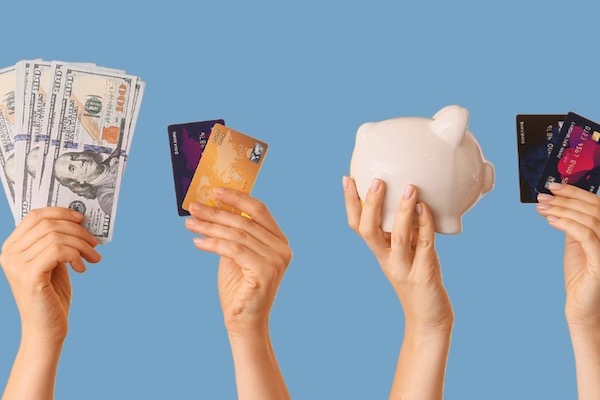Published on the 25/11/2022 | Written by Heather Wright

NZ’s different take on open banking…
All four major banks are now part of New Zealand’s first open banking payments initiative – online eftpos – after ANZ bank went live this week.
The offering, from Worldline – previously Paymark – was launched back in 2017 and allows customers to bypass using a credit card for online payments, instead entering their mobile phone number and selecting the bank they use, then receiving a notification in the banking app for the charge, which they then accept.
“We are proud to call it the first open banking payments product in New Zealand.”
Will Miao, Worldline head of online payments notes wryly: “It’s been a long time coming to get to this point.”
‘This point’ is all four major banks, plus two smaller banks – The Co-operative Bank and Heartland – which cover more than 95 percent of New Zealanders, and some 2,000 merchants, including big brands such as Spark’s Skinny brand, Restaurant Brands – owner of KFC and Pizza Hut – Burger Fuel, Mighty Ape and Auckland City.
It uses a direct link into banks internal systems – something that has contributed to the ‘slow and steady’ pace given the security concerns and rules and regulations required of the banking industry – and New Zealand’s lack of open banking standards.
“We are proud to call it the first open banking payments product in New Zealand, because we started in 2015 well ahead of everyone else and certainly well ahead of the industry standards and the new regulation that has just been announced by Minister Clark earlier this month,” Miao told iStart.
The initiative is a very different approach to that seen in Australia, where financial institutions established the New Payments Platform, an open access infrastructure launched in 2018 and enabling service providers to connect to banks via the common platform.
“In New Zealand we don’t have that so every payment processor, like ourselves and quite a few other people in the industry, basically have to create their own version of the New Payments Platform,” Miao says.
While Australia may gain speed from the NPP, with providers not having to work with every bank to connect their individual services, Miao dubs the New Zealand option ‘interesting and good in a way’.
“As individual payment providers you can differentiate your own services by actually stipulating how your service works and how it connects into the bank,” he says.
“We have managed to leapfrog quite a few early pioneers of open banking in Europe and the UK because we are actually the first major users of mobile banking apps to approve a transaction.”
In Europe users are taken to the banks log-in page to approve transactions, rather than doing it via the mobile app.
Either way, a key part of the solution is bypassing providing your details to third parties.
“For the consumer the key benefit is you no longer have to pay by card,” Miao says, noting that some people don’t have credit cards. Credit cards, he argues, also come with security risks, with all the details required for an online purchase printed on the card.
For banks, it helps reduce fraud risks. There’s a similar argument for merchants, for whom online eftpos can help reduce fraud and the risk of chargebacks, when fraudulent transactions have to be clawed back from the merchant.
There’s another big incentive: Eliminating expensive transaction costs. Credit card and contactless payments can result in charges of between one and four percent.
“If they want to grow their e-commerce market reach, save costs in transactions or eliminate fraudulent transactions and chargebacks, and provide more choice for customers, it’s something merchants should look at,” Miao says (completely unbiasedly, of course!)
While ANZ might only have gone live this week, the system has been quietly racking up use.
Miao cites one large restaurant chain which has seen growth of 10-12 percent in new users purchasing online via online eftpos.
“That shows that perhaps the younger generation who didn’t have credit cards are now able to interact with them online.”
The online payment means delivery drivers are spared using mobile eftpos machines on delivery.
Miao says there were 500,000 unique users for online eftpos across the three major and two smaller banks, with a transaction rate of around one million transactions a year.
While online eftpos is, as its name suggests, designed for e-commerce transactions, it has been used during Covid in Spark stores to enable completely contactless payments.
Miao says Worldline is now working on a digital wallet which will enable essentially the same thing for in-store transactions.
“We will build it on the open banking links we have built for online eftpos to take that technology and experience in-store,” he says.
Again, the initiative would cut schemes – that’s credit card transactions via the likes of Visa and Mastercard which rack up the additional transaction fees – from the mix.
“We would take them out and use the open banking links we have developed for online eftpos to enable an online experience that is lower cost for merchants but is just as convenient as contactless transactions today for the consumer.”
But, like online eftpos was, don’t expect the digital wallets to be debuting anytime soon. Miao says Worldline will be ready in ‘one to two years’. The banks however, well, that will take a bit more time.



























